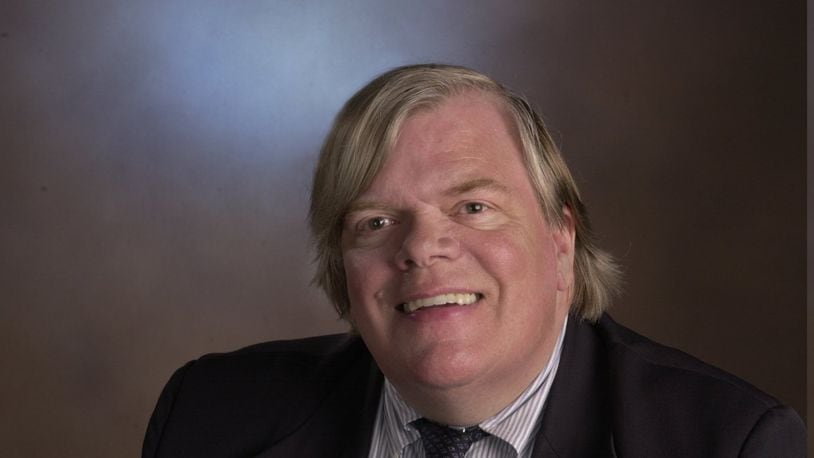Meanwhile, about 19.1% of the U.S. population is of Hispanic or Latino heritage; the comparable proportion for Ohio is 4.5%, meaning that Ohio – despite some railing about immigrants – has a static mix of residents; newcomers go where the opportunities are.
Still, the question is, do the last two presidential elections in Ohio – Trump carried the state with 51.3% of its vote in 2016, 53.2% in 2020 – reveal new currents in Ohio politics or display factors long present in the state’s vote?
Truth is, Ohio oscillates in presential politics. In 1964, Republicans’ presidential nominee, its most conservative in a generation, Barry Goldwater, only drew 37% of Ohio’s vote. But his fellow GOP conservative, Ronald Reagan handily carried Ohio in 1980 and 1984. Since then, Ohio has hacked two Democrats for president (Bill Clinton, and Obama) and three Republicans – Trump and the two Bushes.
Some populist features of contemporary Ohio presidential politics – the “changes” out-of-state bystander sometimes cite – were clearly present during earlier eras.
Consider 1968, featuring the rival presidential tickets of Democrat Hubert Humphrey, Republican Nixon, and race-baiter George C. Wallace (who ran on the American Independent Party ticket). Wallace drew 11.8% of Ohio’s vote, a higher percentage than Wallace had attracted in any other big northern state.
Wallace did especially well in suburban Cincinnati, drawing 24.2% of Clermont County’s (Batavia) vote in 1968 and 19.2% of Butler’s (Hamilton). (There and in Greater Cleveland, the United Auto Workers were concerned about Wallace’s appeal to its members). Trump handily carried both counties in 2016 and 2020.
And in 1936, William Lemke, presidential candidate of the Union Party, spawned by right-wing “radio priest” Charles Coughlin, while drawing only 4.39% of Ohio’s vote, attracted significant support in western Ohio counties, topped by 21% of the Mercer County (Celina) vote and 18% of the Putnam County (Ottawa) vote. Coincidentally, in 2016, Mercer and Putnam gave Trump his highest Ohio county percentages (80% and 79%, respectively), and were among his top three Ohio county percentages in 2020 – outpaced that year only by Holmes (Millersburg), which cast 83.2% of its vote for Trump, while Mercer and Putnam gave him 82% of their tallies.
Meanwhile, race, ethnicity, and immigration. They may seem like new facets of Ohio politics. But Ohio was a hotbed of the Ku Klux Klan in the 1920s: A KKK “konclave” (in mid-1925) drew an estimated 75,000 Klansmen to Buckeye Lake, east of Columbus.
True, some things about Ohio politics have changed, notably the current weakness of the Ohio Democratic organization, last robust during the 1983-1991 governorship of Greater Clevelander Richard F. Celeste. But personalizing features of Ohio politics have always been there. The difference isn’t one of substance but of modes – by a mass-media system, which once defined the terms of debate, but has been fractured by the internet, and by someone named Donald Trump, a master at mobilizing voter gripes, some made respectable by a coarsening culture.
Thomas Suddes is a former legislative reporter with The Plain Dealer in Cleveland and writes from Ohio University. You can reach him at tsuddes@gmail.com.
About the Author
